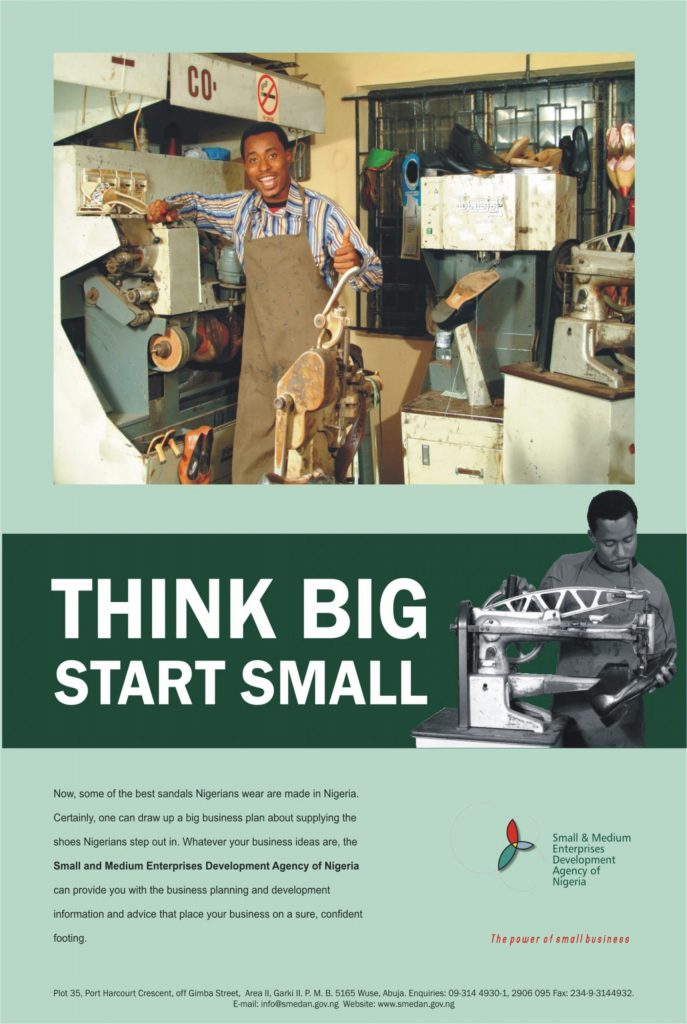There’ve been increasing reports of kids simultaneously developing respiratory syncytial virus (RSV) infection and COVID-19.
It’s not uncommon for kids to contract two respiratory viruses at once.
While most school-aged children will have no symptoms or mild cold-like symptoms, younger toddlers and babies have a higher risk of experiencing respiratory distress if they contract RSV.
A SARS-CoV-2 co-infection could potentially worsen the course of their illness.
Pediatricians recommend getting your child tested for both RSV and SARS-CoV-2 infections if they develop symptoms such as a fever, cough, or congestion.
The best way to protect kids from the co-infection is for adults to get vaccinated against COVID-19.
Doing so reduces the number of opportunities the coronavirus has to transmit to new people and reach children who are not yet eligible for the vaccines.
What experts say about the co-infection
According to Dr. Danelle Fisher, a pediatrician and chair of pediatrics at Providence Saint John’s Health Center in Santa Monica, California, RSV is common amongst kids but not typically at this time of year.
RSV typically spreads between fall and spring, peaking between December and February.
Dr. Jennifer Lighter, a pediatrician and hospital epidemiologist at Hassenfeld Children’s Hospital at NYU Langone, says it’s not uncommon to see children have more than one respiratory virus at once.
“About 10 to 15 percent of children can have more than one respiratory pathogen detected at the same time,” Lighter told Healthline.
Fisher is concerned about the recent uptick in kids being diagnosed with both RSV infection and COVID-19.
“I am very worried about this issue, and we are working diligently to find out why these cases are on the rise and what we can do to slow this alarming trend,” Fisher said.
Younger kids, like toddlers and infants, who develop both infections may have a more severe illness than if they had only contracted one virus, according to Lighter.




